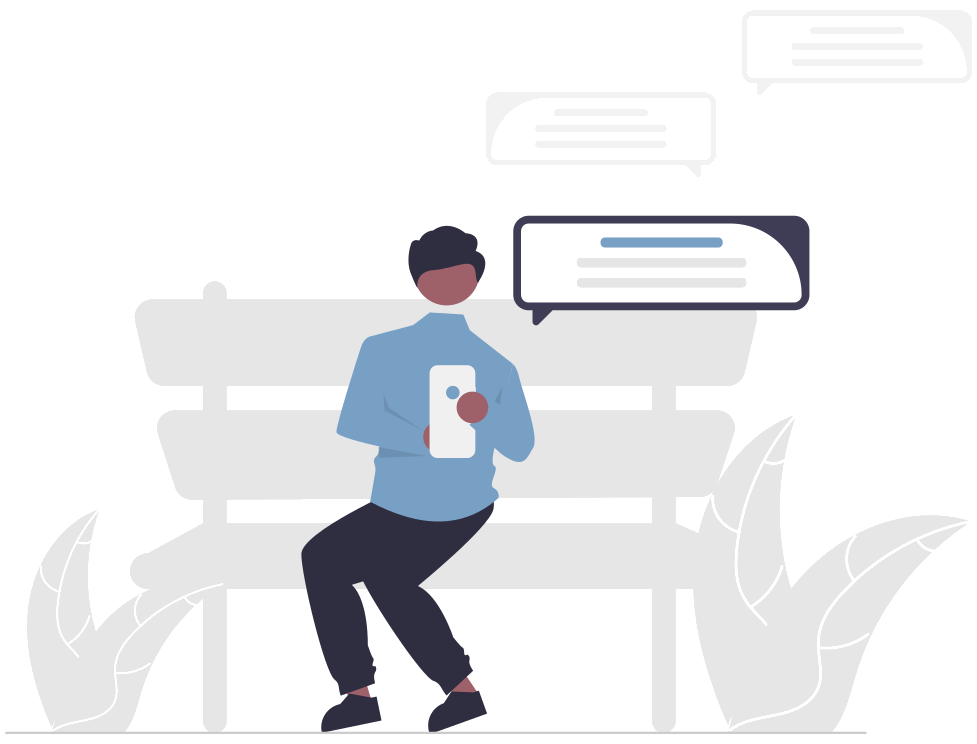Symptom 1: the anxiety
To speak of agoraphobia, the DSM-IV (1995) described the first symptom as follows:"Anxiety in a place or situation from which it is difficult or embarrassing to escape, or where no help would be available in case one would get an unexpected or situational predisposed panic attack or panic-like symptoms. The agoraphobic anxiety feelings include the characteristic situations like being outside alone, being in the middle of a crowd, or waiting in line, standing on a bridge, and traveling by bus, train, or car."
We do thus not only speak of situations in open, public spaces, but general situations and places where one gets the feeling that it is difficult to escape or that no help would be available. We often speak of busy places, because business makes it difficult to look for help or escape. It can also be so that someone who is terrified when standing on a bridge suffers from agoraphobia. It must be a situation which causes anxiety, triggered by the feeling that one cannot escape or look for help.Symptom 2: avoiding places or situations
As a second characteristic of agoraphobia, the following is stated in the DSM-IV (1995):"The situations are avoided (for example, travels being limited) or is only done with clear suffering from the fear of getting a panic attack or panic-like symptoms, or the presence of a guide is necessary."
This paragraph explains what impact such phobia/anxiety has on your life. This anxiety must be so overwhelming that you start to avoid the situations or cannot deal with the situations on your own anymore. The specific situations which you find difficult have such an influence on your life that it gets in the way of your daily functioning. For example, imagine that a person with agoraphobia no longer dares to leave the house. This makes their daily life more difficult. For example, they could have an intention to do groceries, but are not be able to do it alone, or not at all.The cause is agoraphobia
As a final criterion, the DSM-IV (1995) describes the following:"The anxiety or phobic avoidance cannot be attributed to another physical disorder such as social phobia (e.g. avoiding social situations out of fear of being embarrassed), specific phobia (e.g. avoidance is limited to specific situations like elevators), obsessive-compulsive disorder (e.g. someone avoiding dirt), post-traumatic stress disorder (e.g. avoiding stimuli which are linked to an extreme stress factor) or separation anxiety (e.g. avoiding to leave home or family)."
As mentioned in the above paragraph, the symptoms may not be attributed to other disorders. Some of these disorders seem to have a lot to do with agoraphobia, yet a difference does exist. To illustrate this, let's take an example from the previous paragraph. It tells us that someone who does not leave their house has agoraphobia. That would be true if the reason for it is 'the fear of not being able to escape or look for help outside of the house'. However, if the motive behind not leaving the house is 'avoiding to have to leave the family', this is not a form of agoraphobia. So if someone has a fear of leaving their children, partner, parents, etc., we are not speaking of agoraphobia.














